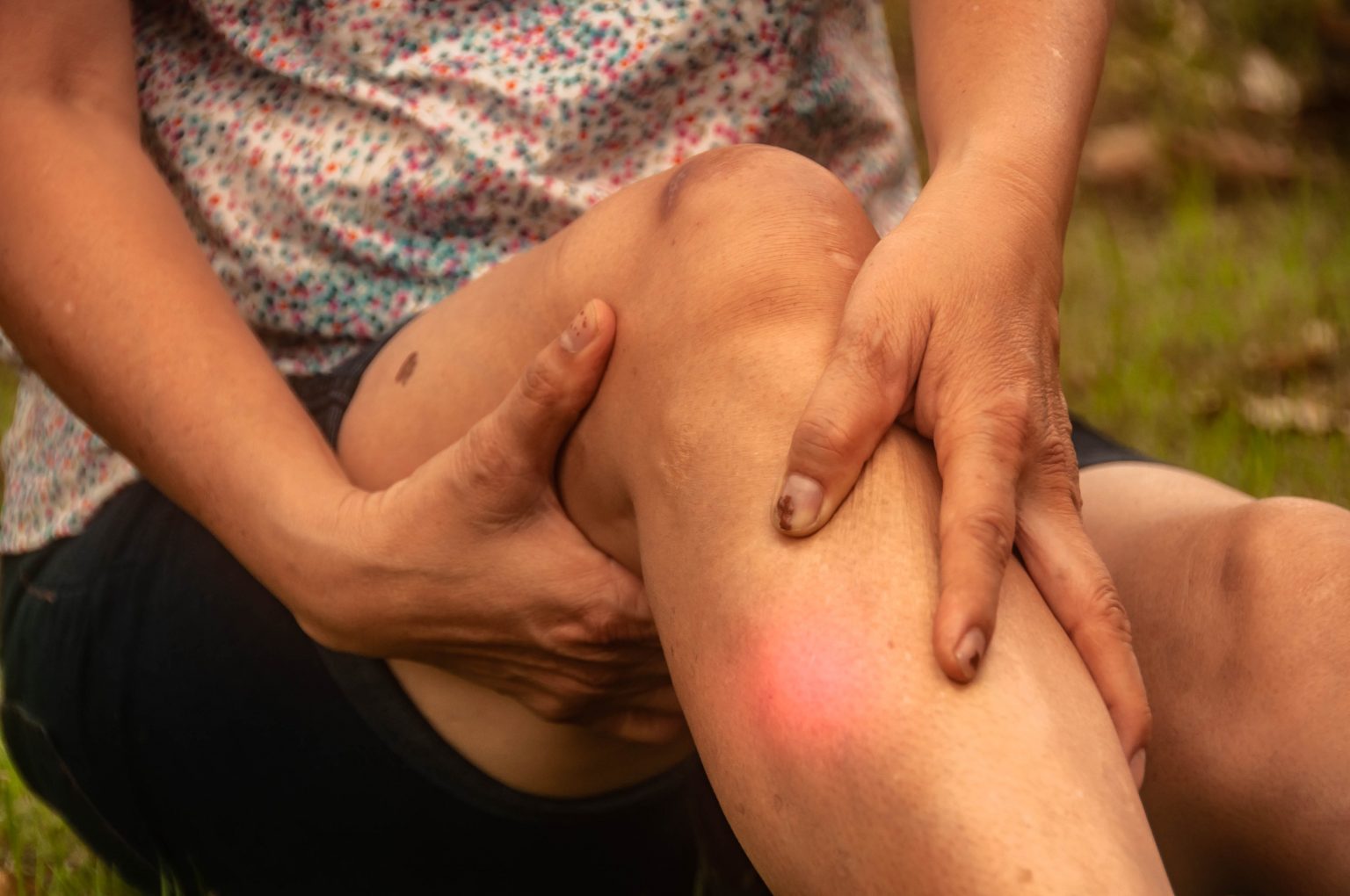What are shin splints?
Shin splints (known as Medial Tibial Stress Syndrome to Physiotherapists) is a common condition experienced by many. Studies aiming to gauge the scale of the condition have reported between 4% and 35% of athletes and military personnel experience shin splints regularly (Moen et al 2009).
The condition occurs from an overload to the muscles and bones around the shin, which physios believe causes tendinopathy (pain and changes in the function of the tendon), periostitis (inflammation enveloping a bone), and a stress reaction of the bones within the shin (the cortical bone of the distal tibia).
In short – shin splints occur when the muscles around the shin are asked to do too much for their current condition, and the bones, tendons and muscles surrounding the shin become stressed and painful.
Have do you know if you have shin splints?
From the thousands of patients, runners, and other sports people we have treated at our clinics, our specialist sports physiotherapists have found trends in the diagnosis and treatment of shin splints and similar conditions. Shin splints, or MTSS, is an easy assumption to make when considering your symptoms, but it’s easy to misdiagnose yourself.
Early diagnosis is key with all conditions, especially when there could be underlying pathology which is the real cause of your pain or discomfort. We highly recommend visiting a physiotherapist as soon as you feel symptoms, rather than trying to manage the condition yourself. This avoids missing underlying conditions and misdiagnosis, whilst letting a specialist recommend an affective recovery plan to get you back on your feet once it is safe and sensible.
Some of the underlying pathology we diagnose when patients visit us with assumed shin splints, includes conditions like stress fractures, compartment syndrome, artery or nerve entrapment, and referred knee pain.
What other conditions feel like shin splints?
Please note, this list is not a method of self-diagnosis. If you’re experiencing any of these symptoms, please visit a physiotherapist or GP for a formal diagnosis and recovery plan.
| Condition | Feels like |
| Shin splints/MTSS | Pain across the medial boarder of the shin, made worse by walking and running. Pain can be felt for hours after. No sensation changes expected. |
| Chronic anterior compartment syndrome | Expect to feel pain 10 minutes into exercise, which subsides within 30 minutes of stopping. Feeling of increase pressure of the affected area. Experience pain with passive movements of the foot straight after exercise. Pins and needles, numbness and/or weakness into the foot. |
| Referred pain from the knee | Knee joint line or anterior knee tenderness. Pain with or without restriction at end of range flexion or extension. Painful click or instability. |
| Lumbar radiculopathy | Diffuse posterior or lateral leg pain that sweeps around to front of shin. Shin pain brought on by testing sciatic or femoral slump. |
| Popliteal artery entrapment | Cold feet during or after exercise. Tingling or burning in your calf that can refer to the shin. Numbness of the lower limb with mottled or blue skin. Reduced pulse compared to opposite leg. |
| Peripheral nerve entrapment | More likely after trauma or if you have a job where you rest your knee against a hard objects (we have previously seen this in tractor drivers and people who wrap their legs around chair legs). |
How do you recover from shin splints?
The earlier you get a formal diagnosis the quicker you can begin the recovery process. Every person is different, and your recovery will need to be tailored to your individual needs.
The following five step management plan is an example of the journey to recovery:
1) Speak to an expert
As we mentioned earlier, your first step once you feel the symptoms of shin splints should be to visit an expert who can diagnose your condition. A specialist physiotherapist will be able to provide you with a recovery plan tailored to you, enabling your journey to full fitness in a safe, efficient manner.
A physiotherapists advice should always be taken first, before following these top tips, however, you may also wish to consider the next steps alongside your recovery plan, if they are not already included.
2) Active rest
As soon as you feel shin splints coming on, if not too close to an event, stick to active rest. This means you can still cross train, swim and cycle until your symptoms subside, but we recommend stopping your running training. This stage may take two to eight weeks depending on the severity of your pain. If you have a running-heavy event in the near future, your physio may be able to offer some additional support like massage and taping to get you over the finish line.
3) Strengthen your muscles
Strengthen muscles around the front of the shin by completing heel walks, heel skips and tibialis anterior band (resistance bands) resisted exercises. Working the injured area will allow you to tolerate more load when you return to running. Try not to exceed 2/10 pain when exercising and start with 30 seconds of each action per day and slowly progress throughout your recovery.
4) Getting back to running
Once your symptoms are feeling better (speak with your physio about when the right time for you may be), aim for 50% exertion for 25% distance of the last run you completed, and build back up over a 2-week period. It’s often those who return running too aggressively that experience their symptoms returning, or in some cases, their condition worsens.
5) Consider your running style
Understanding how your body moves when running could greatly reduce the stress through your shins. Changing your step length or cadence in favour of shorter, faster strides, may reduce your likelihood of shin splints. If you struggle with cadence changes, we recommend encouraging your body to follow other rhythms, such as listening to songs slightly faster than your normal running gait (distance between steps) on your next run. Many streaming services will even allow you to search for songs by beats per minute (BPM), which can naturally align to your running gait.
How long does it take to recover from shin splints?
Every person is different. We wish we could say exactly how long it would take to recover from each condition our patients face, but in reality, there are too many factors which alter your recovery time. From injury severity and fitness levels to strict recovery schedules and effective warm-ups – no two recovery processes are the same.
For a person who was exercising regularly before experiencing shin splints, we expect you to be running at 50% capacity within 2-6 weeks of first experiencing symptoms. A full recovery would take longer and depends on how your body reacts to your actions.
We will always recommend visiting a specialist physiotherapist to improve your recovery time and give your body the best possible chance to maintain pre-symptom performance levels. Get in touch with our friendly team for a tailored approach to your recovery.
Author: Dominic Moon, Pure Physio Sports Lead (North) and Specialist MSK Physiotherapist
References: https://pubmed.ncbi.nlm.nih.gov/19530750/







